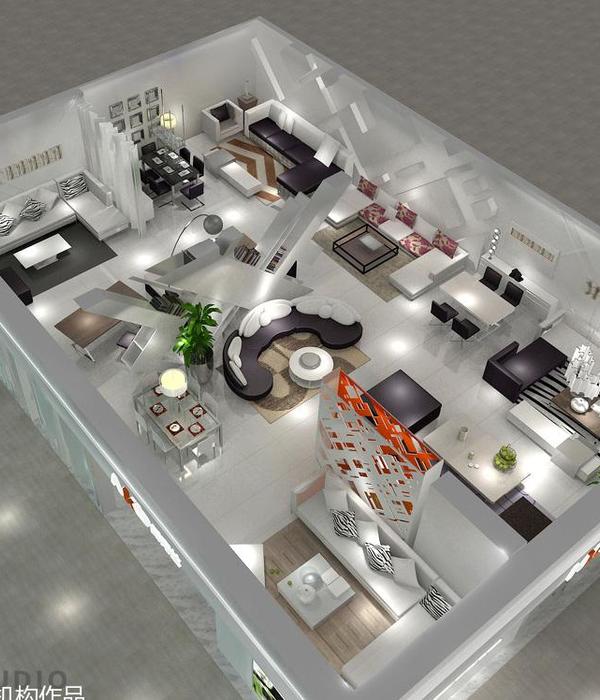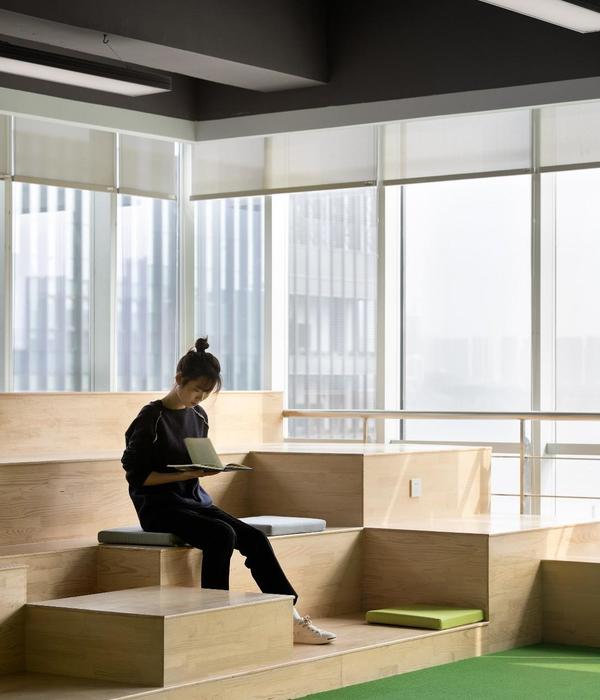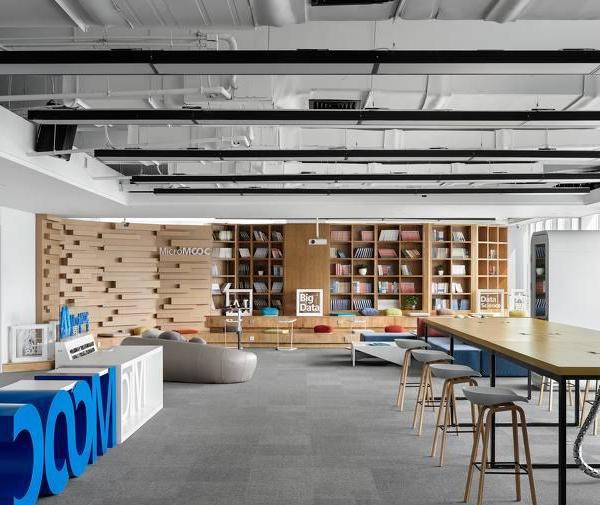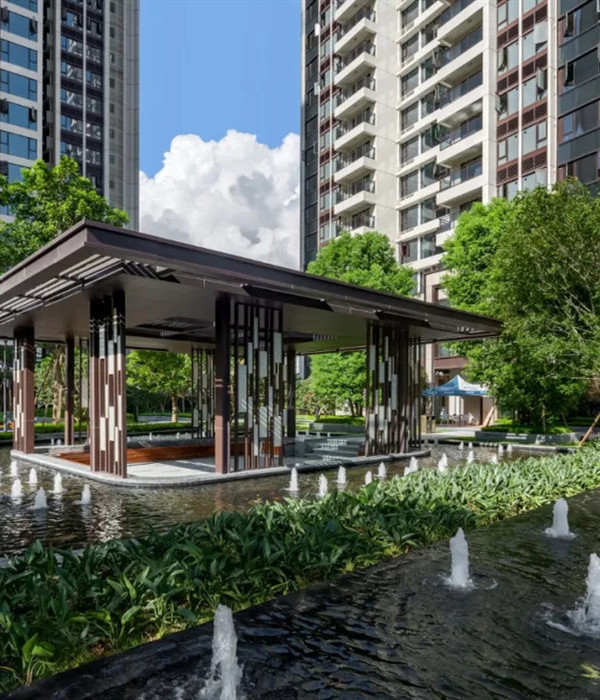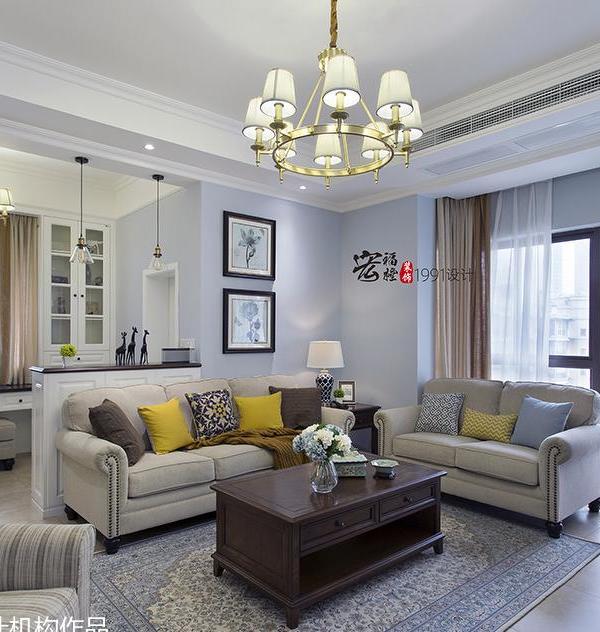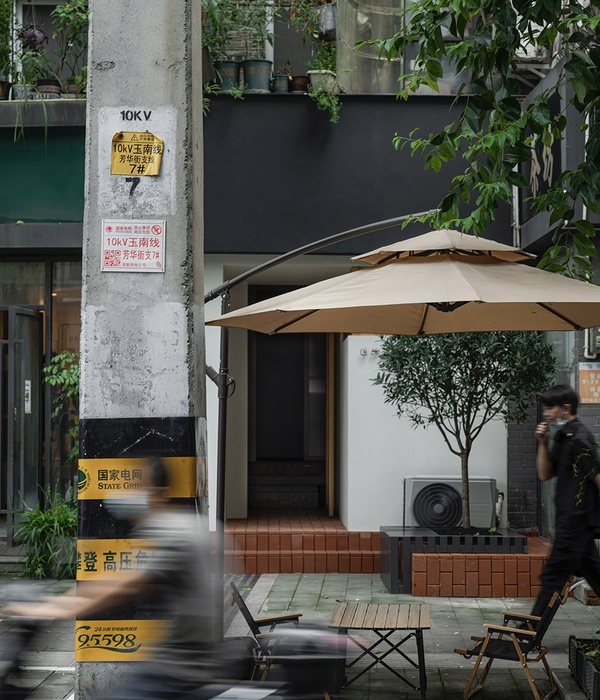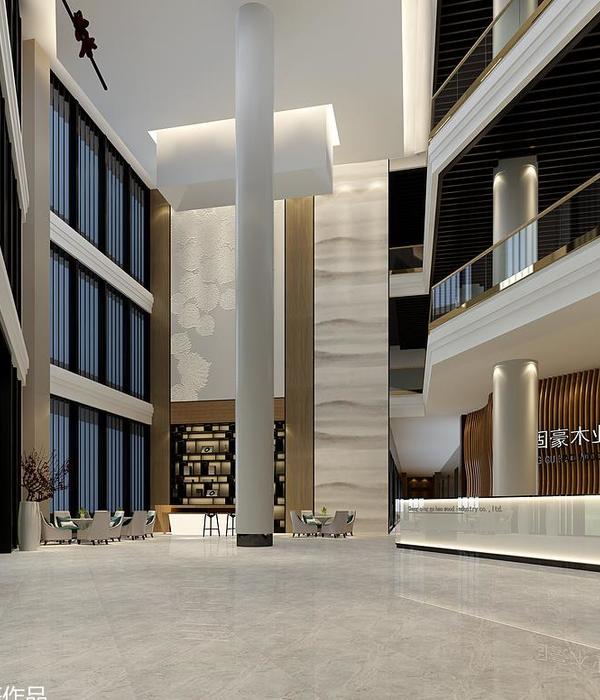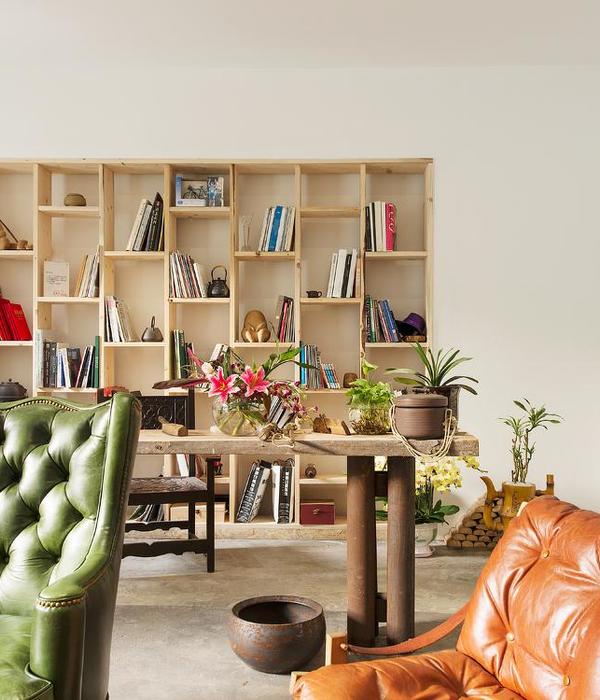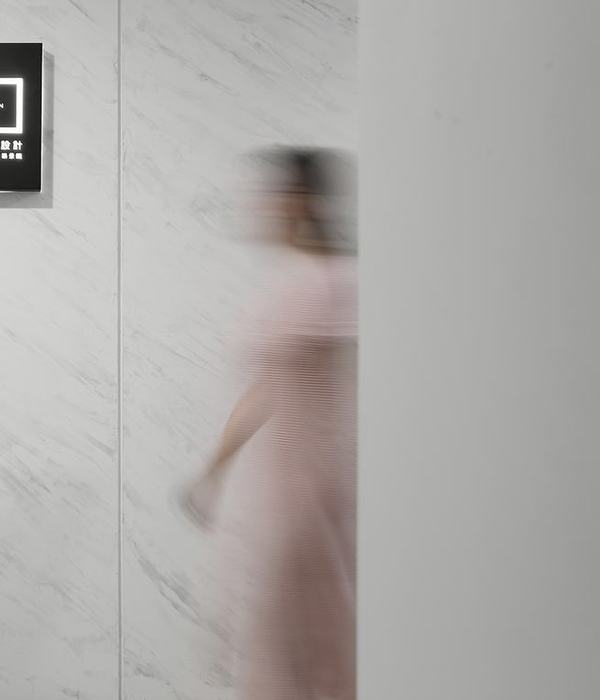在西方的设计观点看来,1.60 m x 3.00 m的密闭空间无法建设与投入使用。但本项目采用东方集约紧凑的设计思想,有效地激活与利用了小空间。
From the perspective of Western thought, a confined space of 1.60 m x 3.00 m is normally considered a non-buildable lot, a permanent non-place. However, this project proves the possibility of using small lots, in alignment with the eastern way of urban densification.
▼激活利用小空间 activating small spaces © Manuel Sá
建筑的概念与灵感源于东方传统的“Shōji”与“Chōchin”。Shōji是传统日本房屋中的宣纸门,Chōchin则是用竹子和纸制成的传统日式灯笼。设计师从shōji中提取灵感,创造出可引入阳光的半透明围合结构,赋予内部空间轻松的氛围。同时,受到Chōchin的启发,在夜晚,建筑便成为一个编织的大灯笼。
The architectural concept also suffered from oriental inspirations: The shōji – Doors made of rice paper from traditional Japanese houses; and the Chōchin – Traditional Japanese lanterns made of bamboo and paper. From shōji we got inspiration to propose translucent closures that filters sunlight, bringing an atmosphere of relaxation to the internal space. At Chōchin, we are inspired so that, at night, the project appears, in the outer space, a large lantern.
▼体块和墙体生成示意,project and wall diagram © LIVRE arquitetura
项目采用名为maçaranduba的环保木材,由当地木匠手工制作。这些木条穿插组合成muxarabi织物,外部搭配乳白色亚克力板材作为围合结构。
The wood used is maçaranduba, from sustainable managements, handcrafted by local carpenters. The wooden strips were organized to form a muxarabi with a milky acrylic closure.
▼迷你空间中的东方美学 oriental aesthetics in the mini space © Manuel Sá
▼环保木材的编制结构 the wooden strips organized to form a muxarabi © Manuel Sá
内部家具为设计量身打造,旨在优化空间,丰富功能。设计师并没有丢弃从旧地板上拆除的木材,而是将它们制成了项目的桌椅,赋予材料新的价值,镶嵌细工的艺术品也为项目带来更多亮点。为了装饰空间、体现文化内涵,空间内布置了两幅生亚麻装饰画。由Kayapó Mekrãgnotire印第安人制作,画中图形是用于人体彩绘的特殊符号。
Exclusively developed for this project, the furniture design aimed to optimize the use of space and its functionality. Table and benches made of ipe and yellowheart parquets, from demolitions, gives a new value to old floorings that are constantly discarded in contemporary renovations. The aim was to raise the status of this product to a marquetry work of art. As ornamentation and representation of our cultural roots, two raw linen paintings were framed. Made by Kayapó Mekrãgnotire Indians, with graphics used in body paintings characteristic of their people.
▼细部,家具设计 detail, furniture design © Pablo Vale
▼细部,传统装饰画 details, traditional decorative paintings © Manuel Sá
▼细部,木材与照明,details, wood and lighting design © Pablo Vale (left) © Luis Andre Guedes (right)
{{item.text_origin}}



